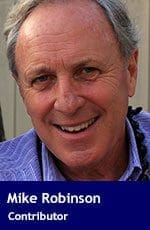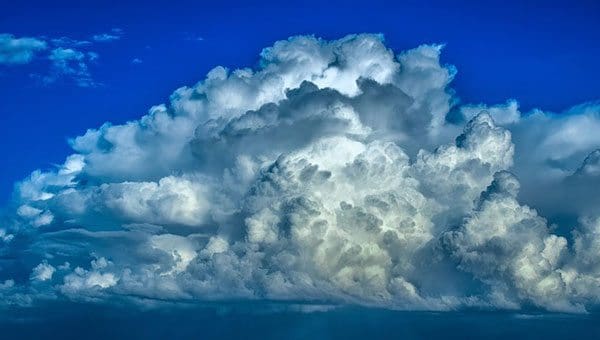 A howler of a Northwester blew through recently. It was as if a storm cell settled over the house like an alien spacecraft.
A howler of a Northwester blew through recently. It was as if a storm cell settled over the house like an alien spacecraft.
Twigs, limbs and severed treetops were swirling outside the windows. Sticky pine needles were soon plastered all over the glass. The trees visible from the house literally danced from side to side as gusts buffeted the granite bluff we live on at Skelhp.
My mind and ears were fast tuned for the sharp “crack” that signals a faller. Sure enough, about 8 p.m., a tall pine was snapped in half, and fell mimicking the direction of the storm. It missed the house by 10 metres, falling nicely upon the trail to the swimming rocks. A nice fall is one that makes the next day chain-sawing for firewood easy.
On this part of the northwest coast, the Northwester is a harbinger of spring. Nothing signals the imminent arrival of earlier sunrises and later sunsets more directly than this type of storm. A retired logger up the bay calls it “a late winter snot-cleaner.”
The newly audible barks of the Steller sea lions also signal the imminent arrival of spring. The onset of their rut is announced by a loud chorus of yelps and yips that are most noticeable for some reason in the late afternoon, just before sunset.
The Stellers’ haul-out on McRae Islets is around Scotchfir Point, hidden from our view, to the southwest. The sound of barks travels especially well with the Northwest wind, rounding Scotchfir, and then clinging acoustically to the rocky shoreline. The barking chorus always seems to circle Thunder Bay, rather than cross it. From our deck in the late afternoon, the rut talk is a constant background feature; not loud enough to annoy, but constant all the same.
Now is the perfect time for a boat trip to the islets. The best way to view the rut up close is from safely offshore – maybe 50 metres from the assembled Stellers. Obvious to all, audible and visible from a kilometre away, is the dominant male. Buff above and reddish brown below, he has a massive head and forequarters. I’d guess his weight at easily 500 kilograms – maybe more.
He mounts the highest bluff on the barren islets and roars at all of the inferior males, who squirm and writhe in a jumbled mass below, maybe five metres beneath his towering bulk.
Nearby on a lower platform of granite is the harem. The female Stellers are uniformly brown, with more slender, almost cylindrical bodies. They gather on the opposite side of the reigning bull in relative silence. The young of the year slip and slide amongst them.
While it is difficult to be absolutely certain, the reigning bull seems to have held his position for the 10 years we have been visiting the haul-out. There is a certain aspect to his dominance that is hard to forget. You get a sense of unchallengeable invincibility. And yet, every year the younger males below eye him up with a mounting desire to take what he has.
Several of them are getting noticeably heavier, and amongst themselves they too play a harsh game of dominance, often evidenced by bloody rips and vents in their buff, almost blonde, coats. This time of the year the air of challenge is both palpable and audible. Challenge is what the rut is all about.
Back home in the shelter of our bay, the bald eagles and the ravens are screaming at each other. Both pairs are nesting and egg laying, and aggressively eying the neighbours. This year, the ravens have a new home, tucked inland in the sheltering boughs of a Red cedar.
The eagles are permanent owners of a messy twig condo, exposed to all weathers on the top of a dominant Douglas fir. All manner of bird, fish and mammal bones form a kitchen midden at the base of their tree fort. Their yearling offspring lives nearby, and still makes daily visits for handouts. Perhaps ‘beak-outs.’
Tonight, the sun set at 5:15 p.m. behind Mount Pocahontas on Texada Island. This represents an extension of one hour since late December. It is the ultimate proof to us all, Steller sea lions, bald eagles, ravens and homo sapiens that spring is once again coming to Skelhp.
Mike Robinson has been CEO of three Canadian NGOs: the Arctic Institute of North America, the Glenbow Museum and the Bill Reid Gallery. Mike has chaired the national boards of Friends of the Earth, the David Suzuki Foundation, and the Canadian Parks and Wilderness Society. In 2004, he became a Member of the Order of Canada.
The views, opinions and positions expressed by columnists and contributors are the author’s alone. They do not inherently or expressly reflect the views, opinions and/or positions of our publication.


